As we all know the world is progressing towards the 5G era. Believe us! Optical fiber cables are going to play a vital role in the deployment of 5G networks. These networks will offer consumers low-latency and high-speed services with more stronger and reliable connections. However, the deployment of 5G networks is not possible without the incorporation of new base stations. It is because of the limited network coverage and higher 5G frequency band of 5G technology. In the exhibit below, you can find a quick comparison between different cables in terms of bandwidth;
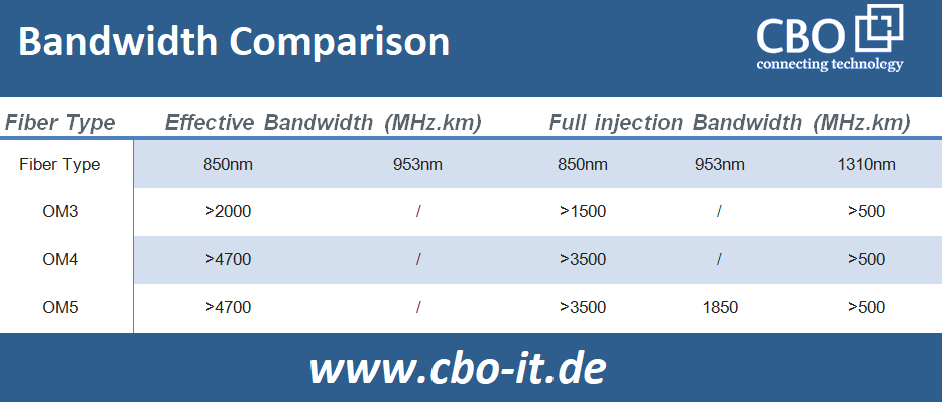
Massive Deployments Ahead!
As we all know, shifting from 4G to 5G technology is inevitable now as the internet is going to see a major shift in demand in terms of bandwidth and speed. Currently, we are not completely aware of what will be exact requirements or characteristics of the 5G. However, according to some market studies and researches around 6.5 million 5G base stations will be operative by 2025 across the world. Undoubtedly, it is a huge number and these estimations are indicating the upcoming surge in demand for optical fiber cables. Today, we are going to provide our reader with some useful information about the possible kinds of optical cables for 5G networking.
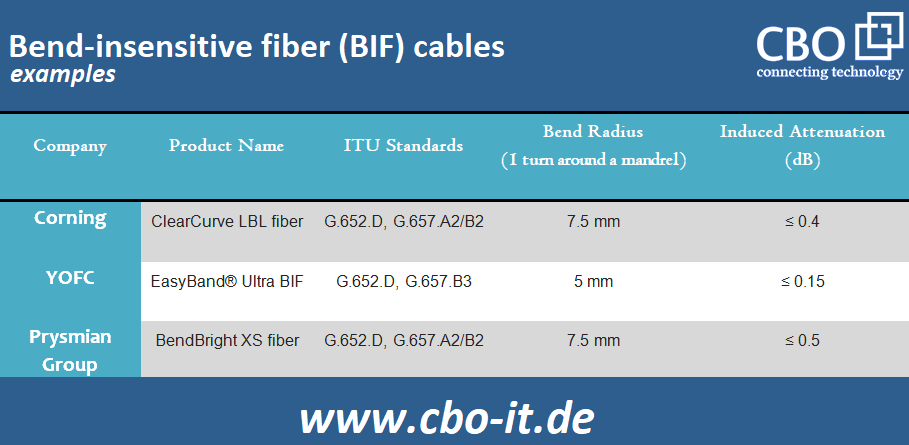
1. Bend Insensitive Cables for Indoor Connections
The complicated nature of dense optical fiber connections between indoor micro base stations and newly developed 5G macro base stations is one of the biggest cabling challenges related to 5G deployment. Issues like limited space and steep bends require cables with excellent fiber bend performance. In these circumstances ITU G.657. (A2, B2, and B3) can be preferred as these optical fiber compliant cables are designed to exhibit better bend performance. It is widely considered that these cables are going to see a massive surge in demand in the coming years. Many optical fiber cable vendors have already announced bend-insensitive fiber cables with optimal loss performance to address indoor cabling related issues in 5G applications.
2. OM5 Multimode Fiber for Core 5G Networks
5G service providers and network operators also have to address the construction of the data centers network which will be used for content storage. In the current scenario, data center networks are undergoing a transition as 10G/25G networks are being upgraded to 40G/100G networks and 40G/100G links to 200G/400G links. For data center level interconnections multimode optical fiber cables compatible with the already existing Ethernet standards are required. Moreover, these cables should also support future upgrades to higher transmission speeds and technologies like BiDI and SWDM.
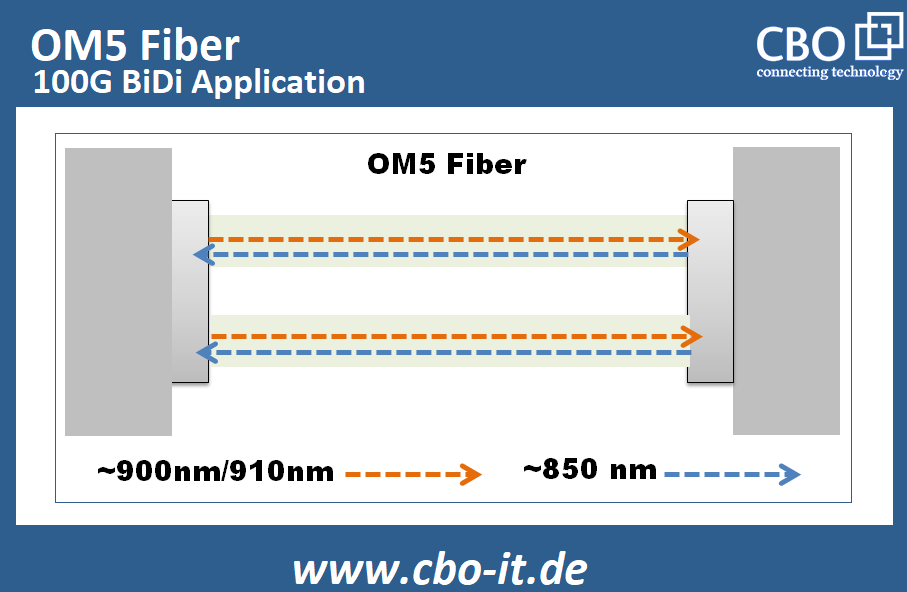
The above-mentioned circumstances have brought the new OM5 multimode fiber in the highlight for the construction of 5G data centers. OM5 cables are known to allow simultaneous transmission of multiple wavelengths in the range of 850 nm to 950 nm. By utilizing the WDM and PM4 modulation technology we can use OM5 optical cable to achieve link distances up to 150 meters in transmission systems where data flows at 100 to 400 Gb/s.
Thus, the OM5 multimode fiber is the ultimate choice for high-speed and short-distance transmission networks and intra-data center connections of any 5G networking environment.
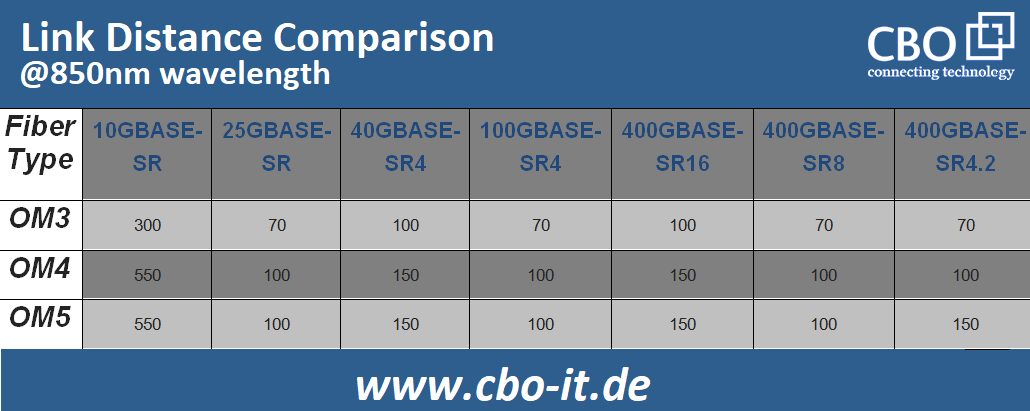
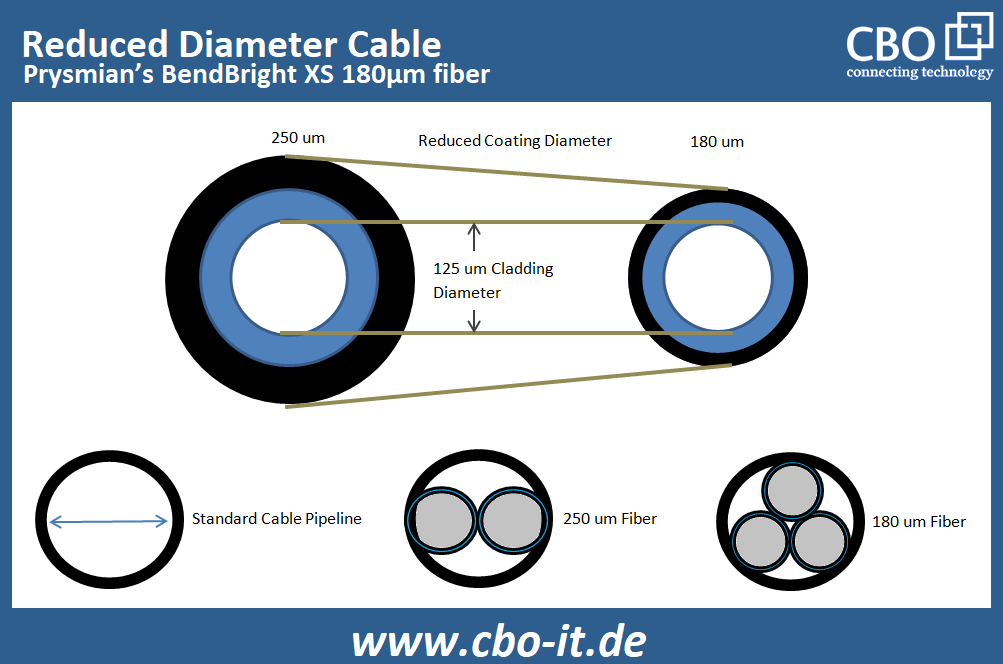
3. Micron Diameter Optical Fibers
The aggregation layer or the access layer of 5G bearer networks consists of highly complicated network links. In these layers, the limited cabling resources or the limited pipeline resources is an issue that is going to be a big challenge for network designers and operators. To cater, the optical fiber industry is vigorously engaged in designing more compact optical fiber cables. This can only be achieved by a reduction in the diameter and size of cable bundles. Prysmian Group`s BendBright XS single-mode fiber is a fine example to be included here. This innovative optical fiber enables the designers to produce thinner cables without impacting the core size.
Corning`s SMF-28 is also worth mentioning in the context of 5G enabled cables manufacturing. This specially designed fiber allows cable designers and manufacturers to shave as much as 45 microns off previous optical fiber cable coating thickness. Resultantly, cable coating thickness size can be reduced down to 200 microns from 245 microns and a much smaller overall outer diameter can be achieved. EasyBand® Plus-Mini 200μm is another great example that can help in designing and manufacturing of cables with 50% lesser diameter. We can achieve more fiber density in pipelines with lesser diameter cables.
4. ULL Fiber for Extended 5G Link Length
5G fiber vendors are actively working on Ultra Low-Loss (ULL) fiber technologies to improve the fiber reach. G.654.E fiber is a good example to be discussed here. The G.654.E is an innovative product that is considered much better than commonly used G.652.D fiber mainly because of its ultra-low loss capabilities and a broader effective area. These characteristics enable the G.654.E to operate with a better OSNR and lesser nonlinear effects of fiber.
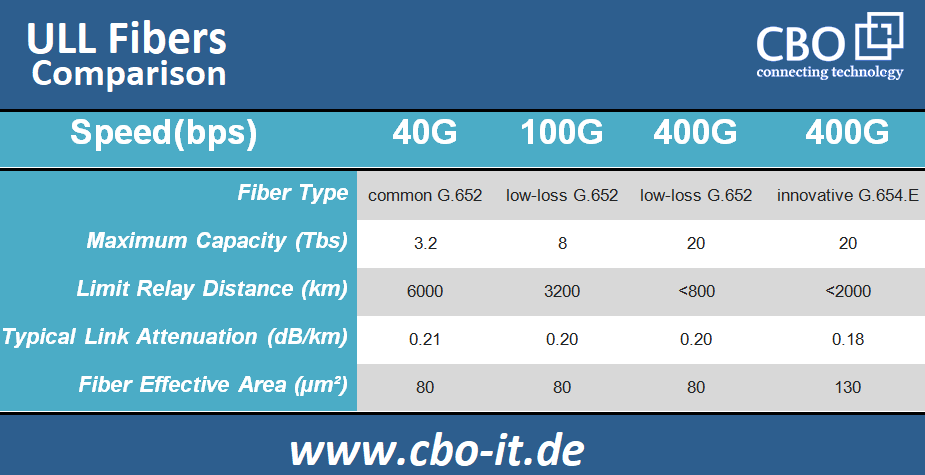
The requirement of ULL cables is increasing as the number of clouded data centers and the transmission capacity and speed of core 5G networks is increasing. Recently developed TXF fiber by Corning is getting popular and emerging as a robust choice. By design and characteristics, the TXF fiber is a G.654.E fiber that comes with exceptional reach and high data-rate capabilities. This fiber and other similar kinds of fibers can help network operators in meeting with the increasing bandwidth demand. Here, it is important to mention that the Corning and Infinera have exhibited the power of their products as they managed to achieve 800G transmission speed over 800km utilizing the TXF fiber. As a result, we can consider that the TXF fiber has all the required capabilities to offer long-haul transmission for 5G network deployment.
5. Cable for Swift 5G Network Deployment
5G network deployment includes both outdoor and indoor scenarios and the installation speed is a very important factor to be addressed. Full-dry optical cables can be spliced quickly and easily during cable installation. Whereas air-blown optical fiber cables are lightweight and compact and the higher number of fiber contained by these cables or the high fiber density of these cables helps in maximizing the fiber count. You can install these cables with multiple bends in longer ducts and undulations. Consequently, network operators or data center owners can save a lot of resources in terms of manpower, time, and resources. For the outdoor deployments, you can consider going with some anti-bird and anti-rodent fiber optical cables.
Are you Ready to Embrace 5G Networks?
In the current scenario, there is nothing more capable than optical fiber cable to be used for 5G networks deployment. We agree! It’s a new technology and going to bring bigger challenges for optical fiber manufacturers. On the other hand, the lower latency requirements and enhanced bandwidth capacity of 5G technology and its other characteristics are going to create almost unlimited possibilities for everyone. So, each one of us should keep ourselves informed, educated, and prepared to embrace the 5th Generation Networking Technology.
 English
English
 Deutsch
Deutsch
 Espaniol
Espaniol










